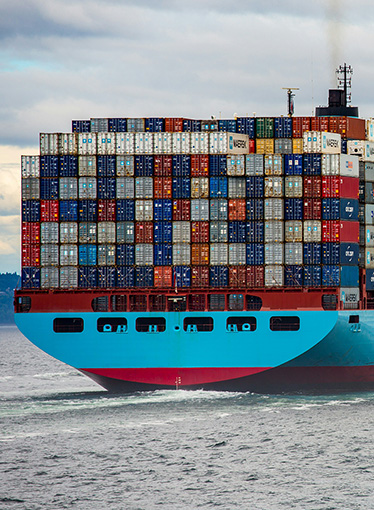
Vessel Attacked in the Red Sea, 03 June
7 Jun 2018
The VOS Theia, an offshore supply vessel chartered by the World Food Programme, was attacked at 14°57’N, 042°06’E, approximately 30nm off the Yemeni coast. At 1730hrs on 03 June, while at anchor, unidentified persons aboard a skiff approached the vessel and opened fire before attempting to board. Onboard armed security personnel returned fire and forced the attackers to break off their attack. All crew and the vessel were reported safe.
Key Points
- An offshore supply vessel was fired upon by six persons aboard a skiff at 14°57’N, 042°06’E on 03 June 2018.
- The vessel had previously delivered food aid into Al Hudaydah.
- The attack does not fit with the previous modus operandi for the Houthi rebels’ maritime operations.
Situational Summary
Maritime: The VOS Theia, an offshore supply vessel chartered by the World Food Programme, was attacked at 14°57’N, 042°06’E, approximately 30nm off the Yemeni coast. At 1730hrs on 03 June, while at anchor, unidentified persons aboard a skiff approached the vessel and opened fire before attempting to board. Onboard armed security personnel returned fire and forced the attackers to break off their attack. All crew and the vessel were reported safe.
The vessel had recently delivered a cargo of food and medical supplies to the embattled port city of Al Hudaydah.
Solace Global Comment
Considering the proximity of the attack to Yemen, and previous attacks by the Houthi against shipping, there has been a concerted effort to suggest that the Houthis were responsible for this attack. However, previous Houthi maritime activity has focused on launching missile or explosive attacks against Saudi-flagged vessels, typically whilst under escort by Saudi warships. Prior to this incident, there have been no recorded efforts by the Houthi to board and seize vessels via a small-arms attack.
Additionally, based on known information, there appears to be no motive for the Houthi to seek to seize the vessel. It had previously unloaded its cargo in a Houthi controlled port, thus unlikely to contain any cargo sufficient to justify a hijack. The Houthis have not conducted any hijacks or kidnappings against seafarers through the duration of the four-year conflict, making a shift towards hijack or kidnap for ransom unlikely.
Without further information which may be able to identify the origins of the attacking vessel, it appears most likely that the incident was an attempted pirate attack by a group unaffiliated with the Yemeni civil war. Areas on both sides of the Red Sea and the Gulf of Aden have recently suffered significant damage from cyclones. This damage, in addition to persistent poverty and hardship, has worsened the living conditions of many in the region and aggravated the traditional underlying causes seen to encourage pirate activity. The low-and-slow nature of an offshore supply vessel likely posed a tempting target to opportunistic but inexperienced pirates.
This attack illustrates that a myriad of potential hostile groups continue to operate in the Red Sea. Although the Yemeni civil war has been a dominant cause behind significant maritime security incidents through 2017 and 2018, spreading regional insecurity and economic instability is highly likely to continue to push a wide range of threats against seafarers.
SECURITY ADVICE
Maritime PiracyHighVessels transiting the HRA should maintain a heightened level of surveillance, particularly when passing through the Bab El Mandeb Strait. Houthi fighters have primarily targeted coalition warships, or vessels under escort, particularly during dark hours; however, a threat to Saudi commercial shipping exists. Houthi naval mines have also been reported uncovered and defused along Yemenâs coastline.
There continue to be frequent reports of attacks and suspicious approaches on merchant vessels transiting the Bab El Mandeb Strait and southern Red Sea during daylight hours. It is advised all vessels transiting the HRA to proceed with extreme caution and conduct a thorough risk assessment on each voyage, considering the risk of transiting the strait during daylight or dark hours. Vessels should ensure all BMP4 measures are in place, with the use of hardening vessel measures, and embarked armed security teams. It is also recommended for vessels to transit the High-Risk Area using the Maritime Transit Security Corridor. Solace Global advise, and have implemented, 24-hour anti-piracy watches when transiting the strait.